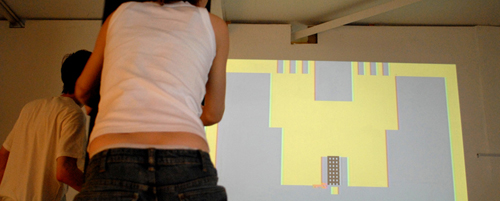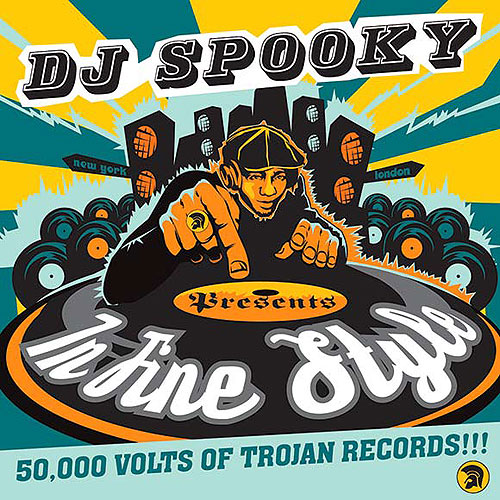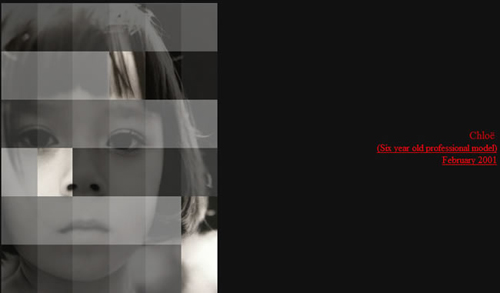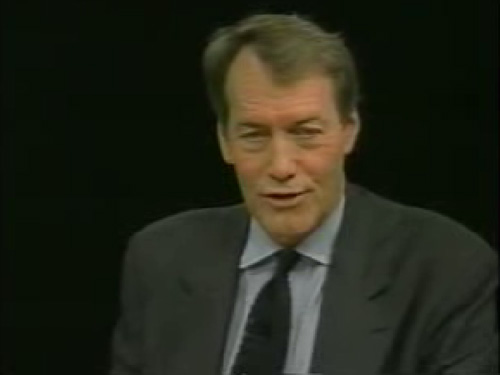Marie Sester Interview: Access, Transparency and Visibility in “Exposure”, by Eduardo Navas

Still from second video sequence.
Image and text source: gallery.calit2.net
The following is an interview published for the exhibition “Exposure” A Video Installation, Pre-9/11, at gallery@calit2.net, on view from April 10 to June 6, 2008. In this interview Sester’s views on Surveillance expose how elements of appropriation vital to Remix are at play in culture publicly, and which since 2001, have redefined privacy for the average person. This interview was originally published in conjunction with the text “Exposure” Pre-9/11.
Marie Sester is an artist born in France, currently living in Los Angeles. She was trained as an architect, but soon after receiving her degree realized that her real interest was in understanding the role of architecture as discourse in culture and politics. She found art an ideal space to develop her interdisciplinary projects. Sester sees her art practice as an ongoing process partly defined by a person’s desire to visualize certain things, while making others invisible. Throughout the 1990s, Sester explored how surveillance redefined our understanding of reality. In the following interview Marie Sester generously shares the story behind her three-channel installation, “Exposure,” explaining how her role as an artist allowed her access to information which she could not obtain today due to the security measures put in place after 9/11.
[Eduardo Navas]: You explain that you are interested in the concepts of transparency, visibility and access. Can you explain how these came to shape your project “Exposure” and your interest in surveillance?
[Marie Sester]: The situation that became a reality in the U.S. after 9/11 had been developing in Europe for some time. Bombing attacks were part of my reality in France, hijacking planes and taking passengers as hostages was something we lived with day to day. This was often done to ask for money, or demand for political prisoners to be released. Such unfortunate events were not part of U.S. reality.
Terrorism was already present in Europe. There were many individuals from small groups using what today we call terrorist strategies; it was at this time that surveillance devices were introduced. I was intrigued by this shift, which was a bit disturbing. As surveillance technology started to be introduced at the airport, it became normal to have one’s luggage X-ray scanned. It became common to find scanners at the airport, as well as government buildings like City Hall. The unexpected beauty of surveillance technology fascinated me.
Suddenly, there was a new form of presence and reality defined by these new devices. And I wanted to work with the images they produced. I had already been working with pre-made objects and images for some time. At that time I forged and assembled the notions of transparency, visibility and access and they are still the basis of my work.
(more…)

















